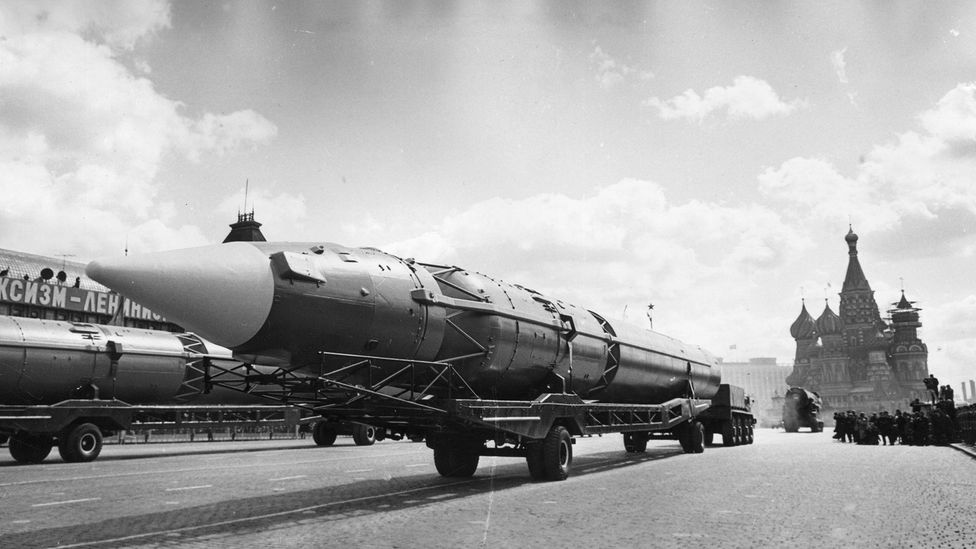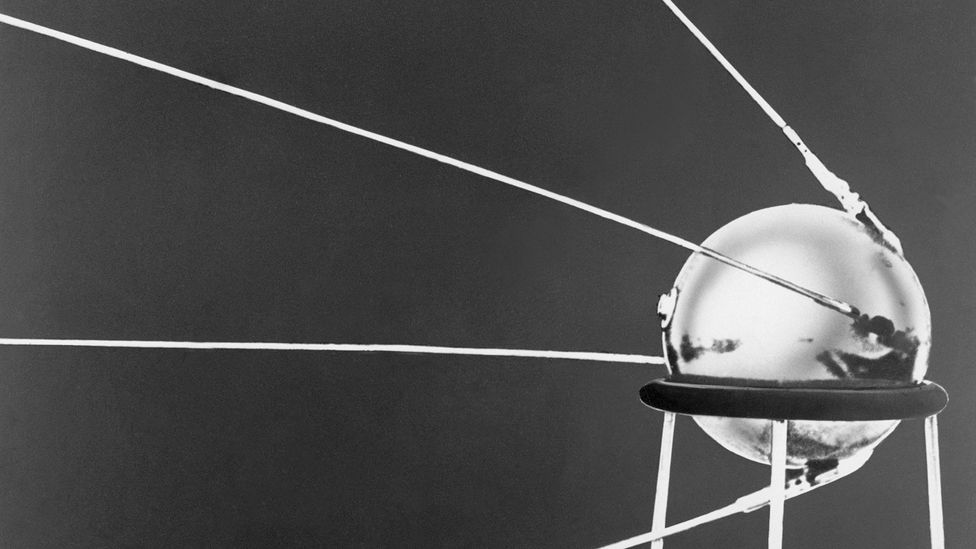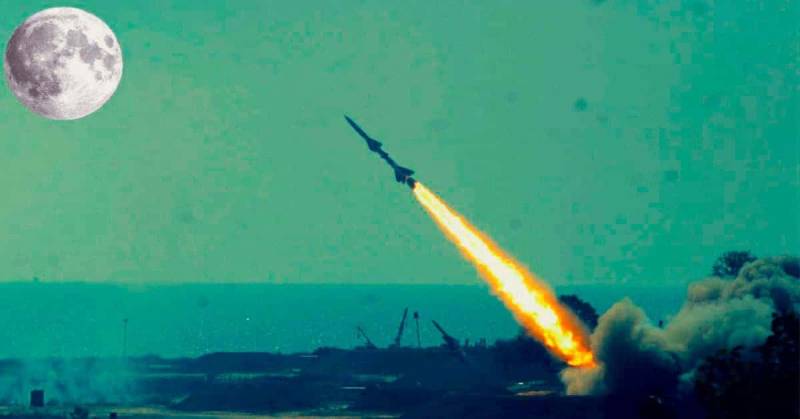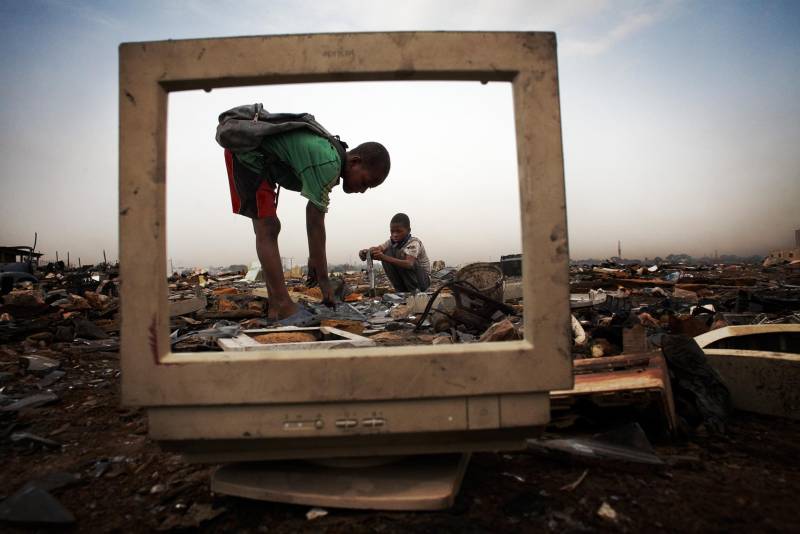In the 1950s, with the USSR seemingly sprinting ahead in the space race, US scientists hatched a bizarre plan – nuking the surface of the Moon to frighten the Soviets. T The moment astronaut Neil Armstrong stepped out on to the Moon's surface in 1969 is one of the most memorable moments in history. But what if the Moon Armstrong stepped onto was scarred by huge craters and poisoned from the effects of nuclear bombardment? At first reading, the title of the research paper – A Study of Lunar Research Flights, Vol 1 – sounds blandly bureaucratic and peaceful. This kind of paper is easy to ignore. And that was probably the point. Glance at the cover, however, and things look a little different. Emblazoned in the center is a shield depicting an atom, a nuclear bomb, and a mushroom cloud – the emblem of the Air Force Special Weapons Center at Kirtland Air Force Base, New Mexico, which played a key role in the development and testing of nuclear weapons.

Down at the bottom is the author's name: L Reiffel, or Leonard Reiffel, one of America's leading nuclear physicists. He worked with Enrico Fermi, the creator of the world's first nuclear reactor who is known as the "architect of the nuclear bomb". Project A119, as it was known, was a top-secret proposal to detonate a hydrogen bomb on the Moon. Hydrogen bombs were vastly more destructive than the atomic bomb dropped on Hiroshima in 1945, and the latest in nuclear weapon design at the time. Asked to "fast track" the project by senior officers in the Air Force, Reiffel produced many reports between May 1958 and January 1959 on the feasibility of the plan.
Incredibly, one scientist enabling this horrific scheme was future visionary Carl Sagan. In fact, the existence of the project was only discovered in the 1990s because Sagan had mentioned it on an application to an elite university. While it might have helped to answer some rudimentary scientific questions about the Moon, Project A119's primary purpose was as a show of force. The bomb would explode on the appropriately named Terminator Line – the border between the light and dark side of the Moon – to create a bright flash of light that anyone, but particularly anyone in the Kremlin, could see with the naked eye. The absence of an atmosphere meant there wouldn't be a mushroom cloud. There is only one convincing explanation for proposing such a horrendous plan – and the motivation for it lies somewhere between insecurity and desperation.
In the 1950s, it didn't look like America was winning the Cold War. Political and popular opinion in the United States held that the Soviet Union was ahead in the growth of its nuclear arsenal, particularly in the development, and number, of nuclear bombers ("the bomber gap") and nuclear missiles ("the missile gap"). In 1952, the US had exploded the first hydrogen bomb. Three years later the Soviets shocked Washington by exploding their own. In 1957 they went one better, stealing a lead in the space race with the launch of Sputnik 1, the first artificial satellite in orbit around the world. It didn't help American nerves that Sputnik was launched on top of a Soviet intercontinental ballistic missile – albeit a modified one – nor that the US's own attempt to launch an "artificial moon" ended in a huge, fiery explosion. The inferno that consumed their Vanguard rocket was captured on film and shown around the world. A British newsreel at the time was brutal: "THE VANGUARD FAILS…a big setback indeed…in the realm of prestige and propaganda..."

All the while, US schoolchildren were being shown the famous "Duck and Cover" information film, in which Bert the animated turtle helps teach children what to do in the event of a nuclear attack. Later that same year, US newspapers citing a senior intelligence source reported that "Soviets to H-Bomb Moon On Revolution Anniversary Nov 7" (The Daily Times, New Philadelphia, Ohio) and then followed it up with reports that the Soviets might already be planning to launch a nuclear-armed rocket at our nearest neighbor. Like with other Cold War rumors, its origins are hard to fathom. Strangely, this scare also likely motivated the Soviets to develop their plans. Codenamed E4, their plan was a carbon copy of the Americans', and was eventually dismissed by the Soviets for similar reasons – the fear that a failed launch could result in the bomb dropping down on Soviet soil. They described the potential for a "highly undesirable international incident".




